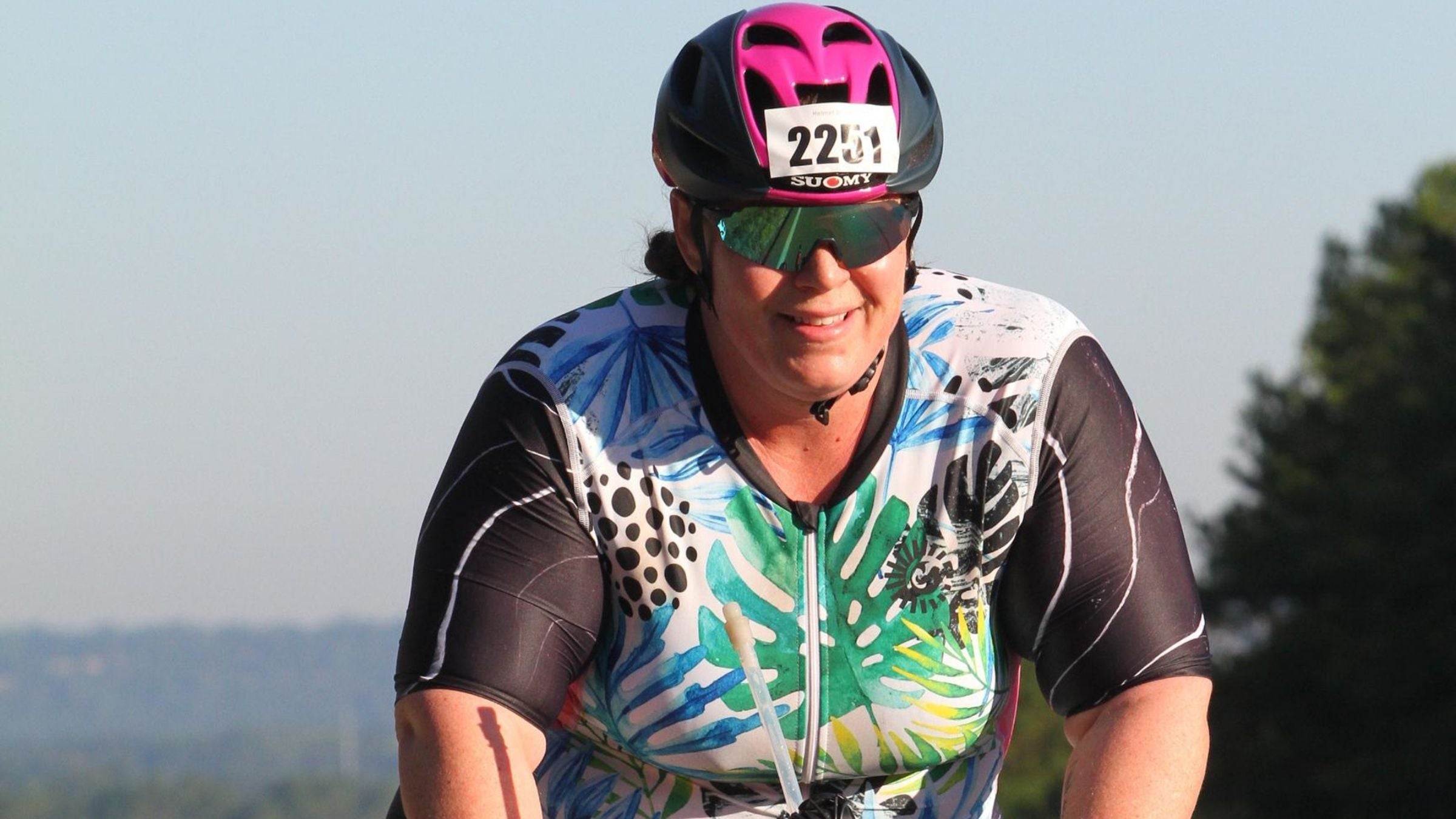As Triathlon Grows, So Does the Range of Gear Sizes Offered

(Photo: Tri Serena)
When Stefani Schuetz set out to develop a new line of triathlon clothing, her vision was simple: to make clothing that fit and performed for women—all women. Fed up with sales racks that only offered small women’s sizes or larger men’s sizes, Schuetz decided to take matters into her own hands.
“One of the reasons I started Tri Sirena was because I felt like I had so few options for myself,” Schuetz said. “I wanted to compete and train, but that feeling that I wasn’t being served and therefore excluded drove me to create Tri Sirena.”
Though Tri Serena wasn’t the first women’s specific triathlon clothing company, it was the first to offer expanded sizes, designing and building triathlon kits and suits up to size 3X. Because of this, Tri Serena quickly developed a loyal customer base, with athletes enthusiastically recommending the brand to women of all sizes. Now, instead of being an outlier, Schuetz is seen as a trailblazer in the rapidly-growing trend of offering expanded sizes for every triathlete who wants to participate, regardless of body type.
According to an Outside Business Journal report, outdoors active brands are increasingly seeing the value of building clothing and gear in plus sizes. In large part, manufacturers are finally recognizing that sport participation is not exclusive to those with a slim build, and that ignoring the 73.6% of U.S. adults who are categorized as overweight or obese is a poor business choice. Offering expanded sizes not only expands the consumer market, but removes an often overlooked barrier to sport. All of this is good for the bottom line.
In 2019, the plus-size women’s apparel market was valued at $29.8 billion and grew to $46.6 billion (13% of the total U.S. apparel market) by the end of 2021, Outside Business Journal reported, yet only one-eighth of clothing options are offered in plus sizes—considered anything above size 36 for men and 12 for women. When the average American woman wears a size 16, that’s a significant missed opportunity for clothing and gear manufacturers.

“The image of triathlon is dominated by very fit type-A people who are doing Ironmans and competing for world championship slots,” said John Duquette, CEO of BlueSeventy wetsuits. “These athletes are often size medium and below. If you’re focused on making a product for Kona-contending athletes, you’re going to ignore the bigger sizes.”
RELATED: Don’t Fall For the Myth of the “Ideal” Triathlon Body
When Duquette looked at broader sales data, however, he noticed the fastest-growing demand was for larger women’s sizes. “There was also a specific hole in our size range, as well as the size range of our competitors,” Duquette said. “This was the women in the five-foot-three to five-foot-eight range, whose weight exceeded the sizing for the standard women’s medium size.” In 2014, BlueSeventy launched the first women’s Athena wetsuit, which was the height of the women’s medium but the same weight grade as the women’s large. This size is now one of BlueSeventy’s top sellers, along with a men’s XXL graded for athletes up to 300 pounds.
Why has it taken so long for larger size offerings to become mainstream? Schuetz said cost is a major factor. Offering larger sizes is more than simply buying more fabric. More sizes also means more work in the nuanced art of creating performance clothing that fits and is comfortable on a larger body, which might have more friction points or require more support in certain areas when compared to a smaller body.
“Identifying proper sizing and fit is very challenging. It takes time, money, and a thorough understanding of how garments fit a woman’s body,” Schuetz said. “You can tell when a company doesn’t value all body types and doesn’t pay attention to how their items fit all sizes. They’re looking likely at sales numbers, not the women wearing them. It’s easier to just offer fewer sizes.”
But this thinking has changed as manufacturers note a growing market segment spurred in part by the numbers of people who changed their activity selections during pandemic lockdowns and gym closures.
“Since the pandemic started, the shift to larger sizes has greatly accelerated, as we’ve seen heaps of pool swimmers head to the open water,” Duquette said. “These men and women don’t have a typical triathlete body shape, and aren’t interested in cycling or running, they are pure swimmers.” He expects the call for larger size offerings to continue as more and more people decide to participate in races as pandemic lockdowns ease, noting that “we see our size curves [sales of common sizes] shifting a bit bigger each year.”
“Even if one of your goals in competing is to lose weight, you still need to have clothing that fits you properly now,” Schuetz said—and your goals might have nothing to do with weight either, but with achieving a finish line or a PR or a new event. “Wearing ill-fitting clothing and gear will actually prevent you from reaching your goals. I want all body types to have the opportunity to compete and feel amazing about themselves doing it.”
RELATED: CJ Riggins is Making Triathlon Gear for Everybody (And Every Body)